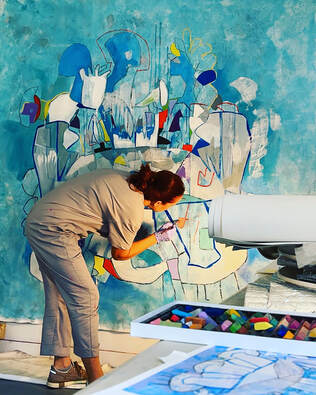 Find out more at isabelbrinck.com
Find out more at isabelbrinck.com Isabel Brinck, born in Chile and based in Miami, has a BA in graphic design but her focus, for decades, has been in painting. She works in both acrylic and oil with other media mixed in as well.
This year she will be exhibiting her work at Scope Miami Beach (November 30 to December 5, 2021) with Gallery Labs (Buenos Aires). Her work is often large in both size and scope. Her colors are frequently bright and daring but there is a haunting quality to some of her work.
"My art is a combination of figurative and abstract styles. It is a challenge to paint exactly 'as I am' and play with the depths of emotions, perceptions, feelings and personal experiences as a way of letting it all out from the inside." says Brinck. "I like to create a complex and moving atmosphere that mirrors life itself. I paint environments in which you can enter, travel, and discover new things again and again. Similar to life, always in motion and alive."
While she produces paintings that are both oil and acrylic, these usually have the same starting point.
"Almost all my work is centered around using drawing as my starting point and combining abstraction and representation through recurring images of anthropomorphic hybrids that dance and interact, blending across many compositions. My work has to do with psychic automatism. When I paint and when I draw, I feel the forms inside of me." she says. "I don’t attempt to represent any external reality. It’s like an act of meditation to me. My art is an attempt to express my inner poetic world in an intuitive way, similar to those most unconscious thoughts in our brains, one on top of the other , intertwined thoughts."
"These things tell us something about ourselves. I learn about myself from art.It always starts with doodling, then becomes more rational. I work on different conceptual ideas that define my work series in different versions." she says. "Starting with painting on canvas (oil and acrylic), as my most important media, then also incorporating digital techniques to my analog work, and always having drawing as a starting point for any creation. I work in parallel series and I dedicate time to each one, every day."
Despite the metaphysical aspects the works are intensely personal.
"In my art there are no hidden messages or codes for interpretation. My art has to do with my inner world, and the only one who can know meanings... is the creator," says Brinck. "My pieces are mental maps that emerge from subconscious and mysterious associations and anyone is free to draw conclusions from the information absorbed visually."
Essentially the only one who knows what the works mean? Is the artist.
"Each viewer will feel what they want as a spectator of something personal to me. It is not necessary to explain each painting, only to feel it. It is not necessary to understand each dream, but to hear it and enjoy it. Life itself is
a mystery, and so is creation," she says. "For me, creation comes from a less visible and more powerful place, which is my soul. My message is to 'follow the
rabbit and find your own magic'."
This year at Scope Brinck is bringing a series of paintings inspired by naturalist field drawings. These are mixed media monotypes on paper with nods to the surreal and employs a collage-like interpretation of cactuses. Nature is often part of her work but here she tries to move deeper into the world of cacti.
"Since cacti can blossom in harsh conditions, they symbolize the power of enduring all things. These works are honoring this magnificent living being by creating an imagery that borrows from nature’s lessons." says Brinck.
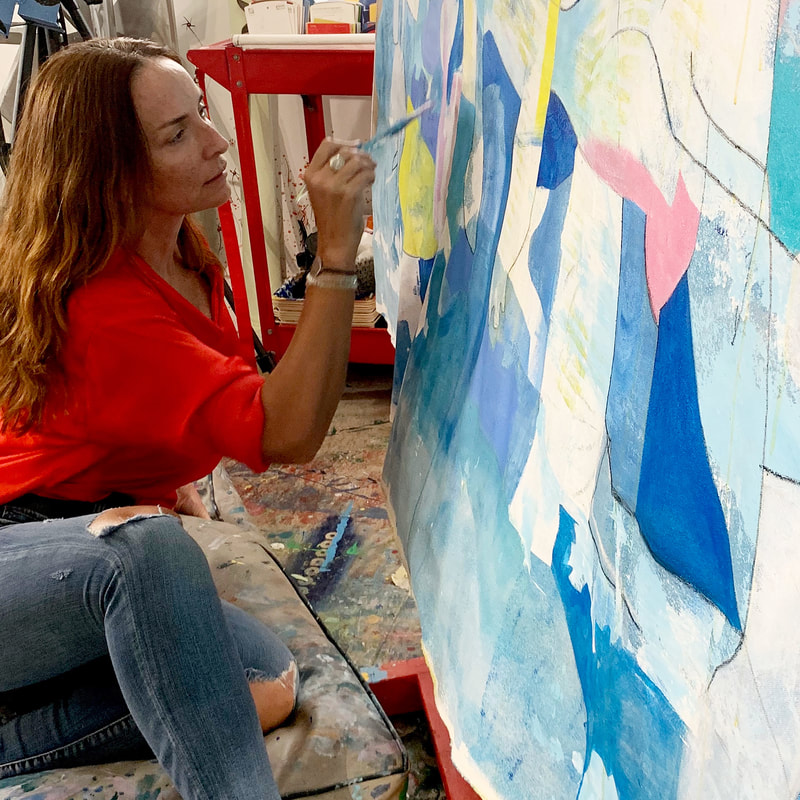
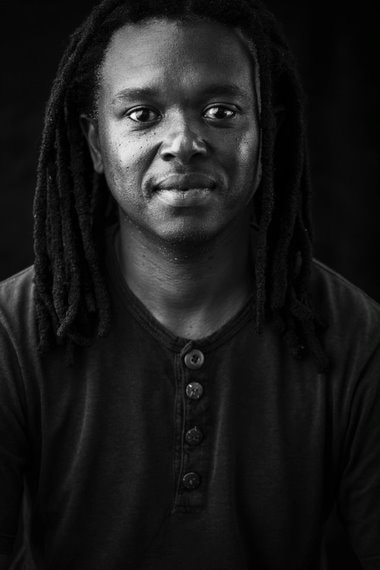
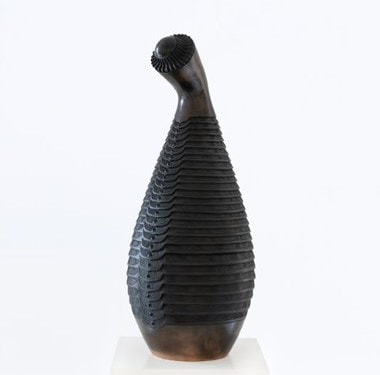
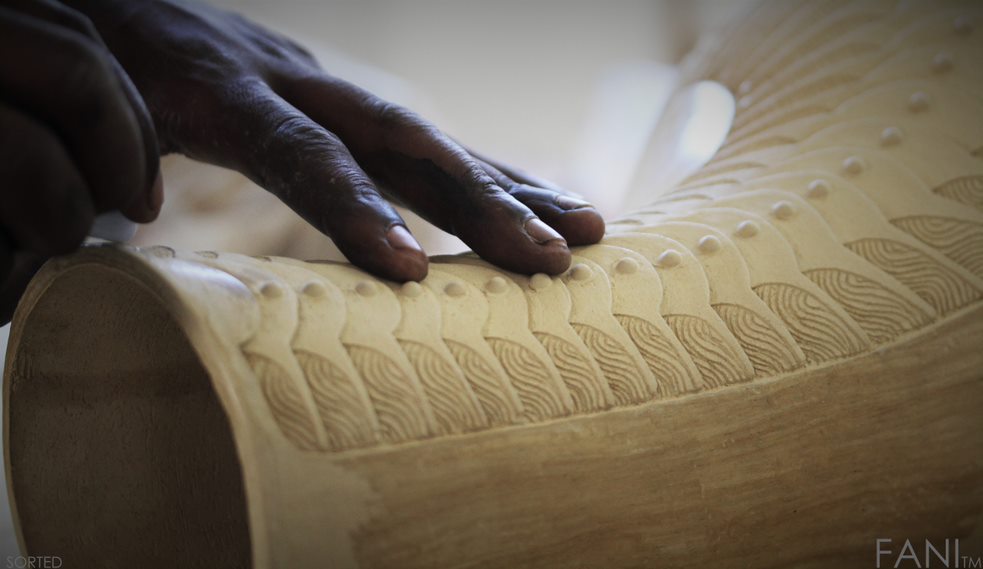
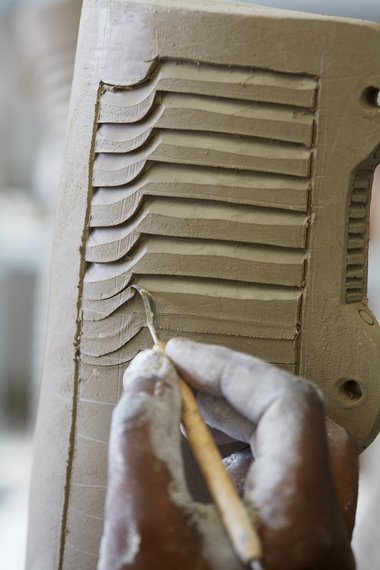
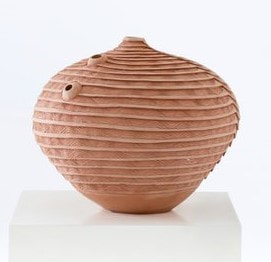
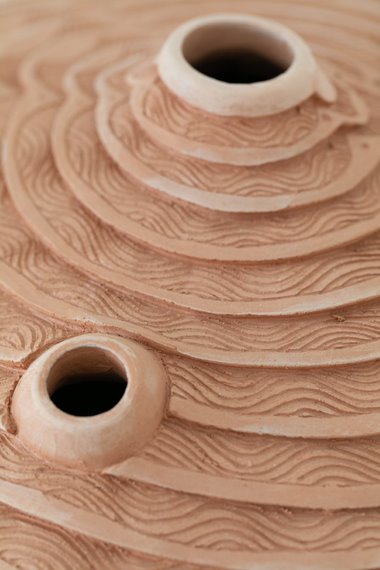
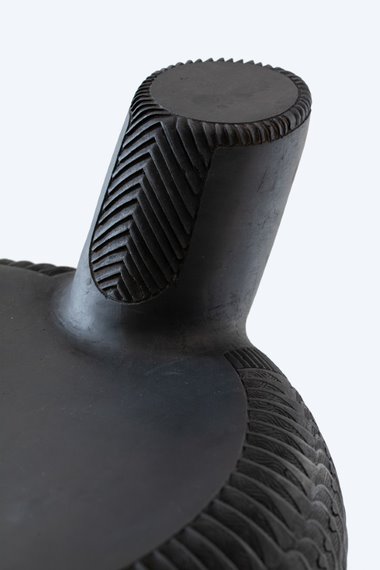
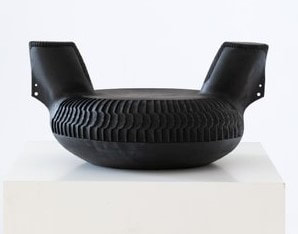
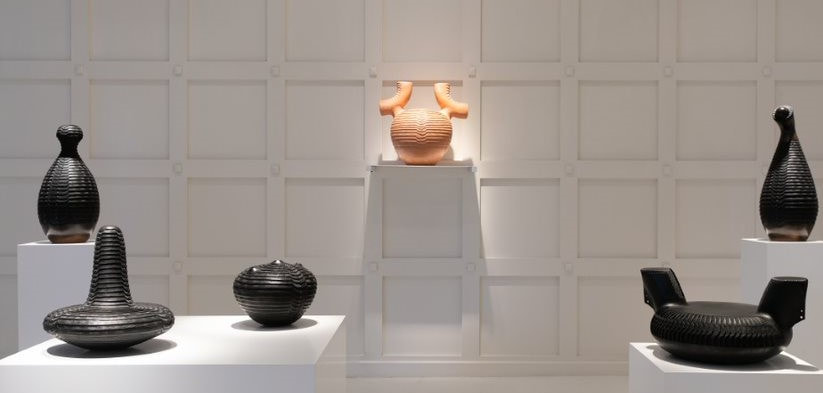
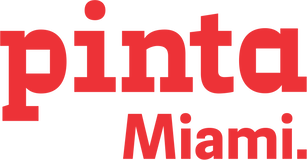
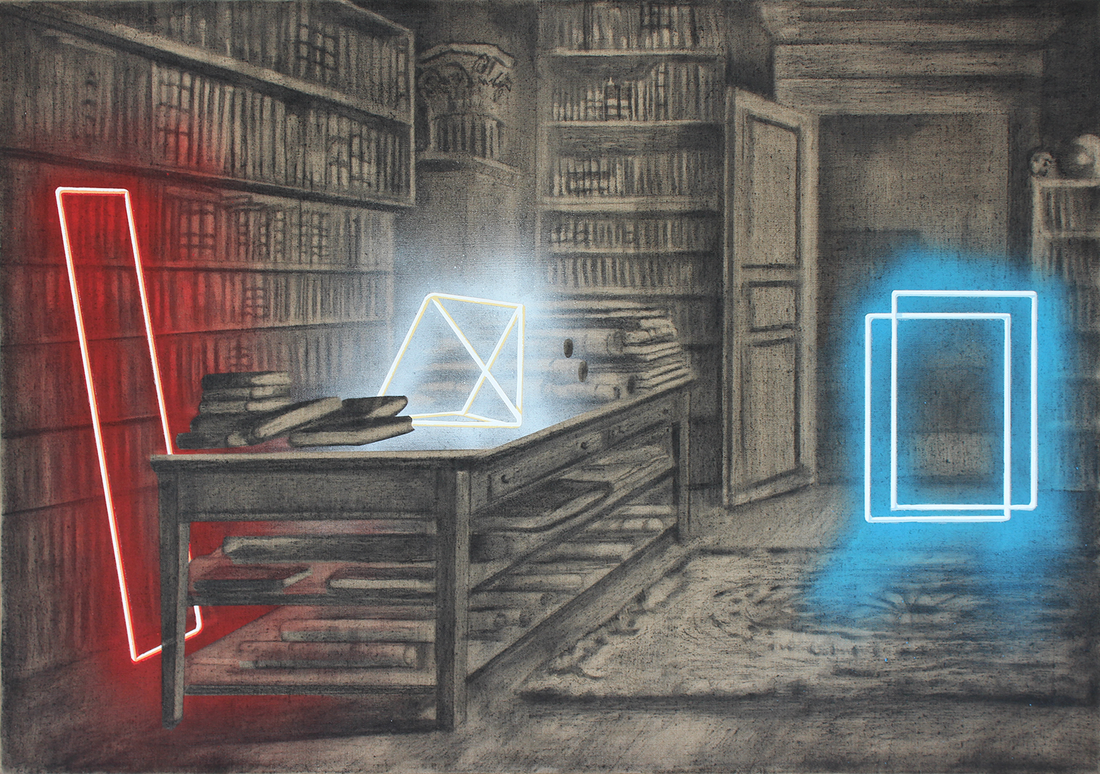
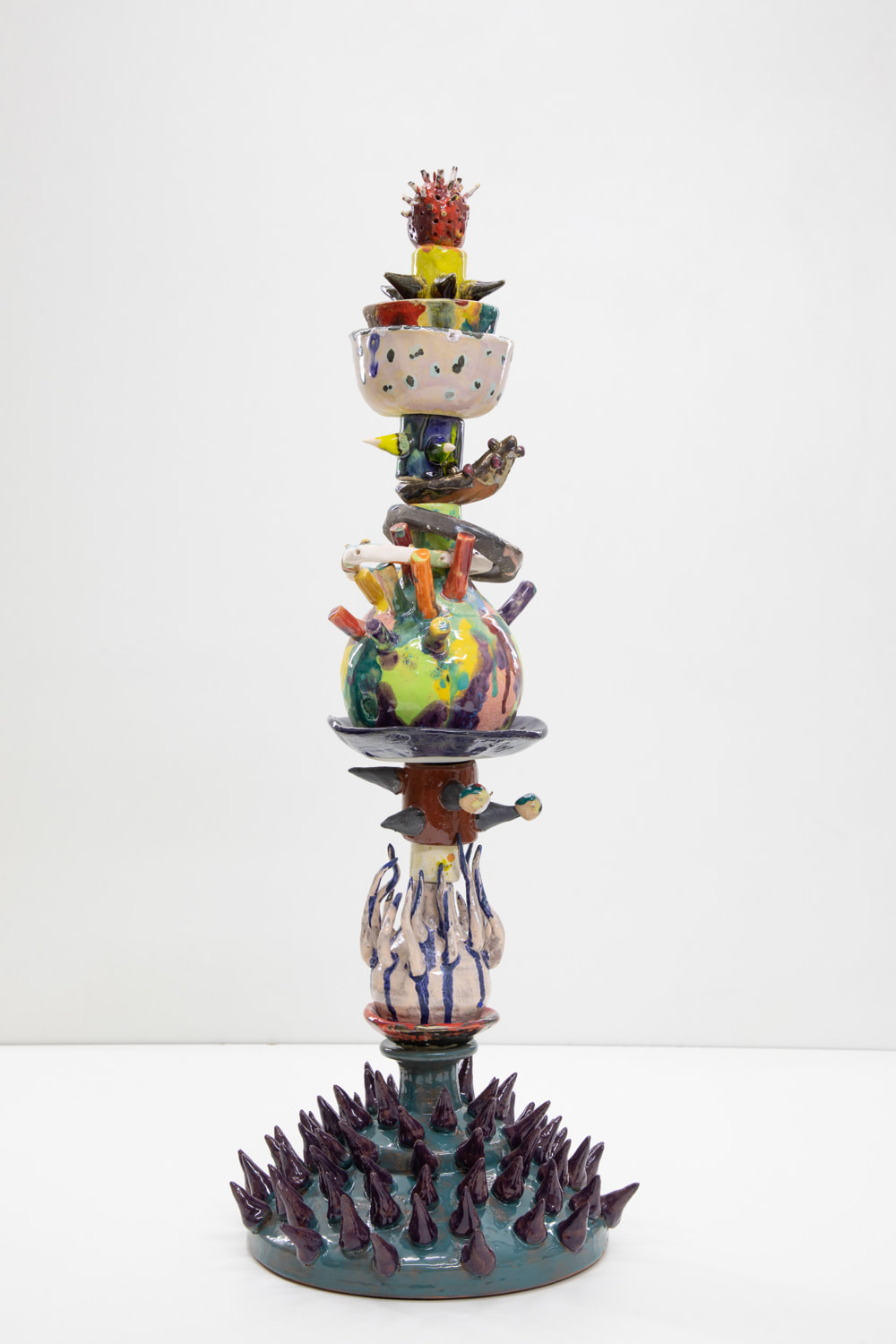
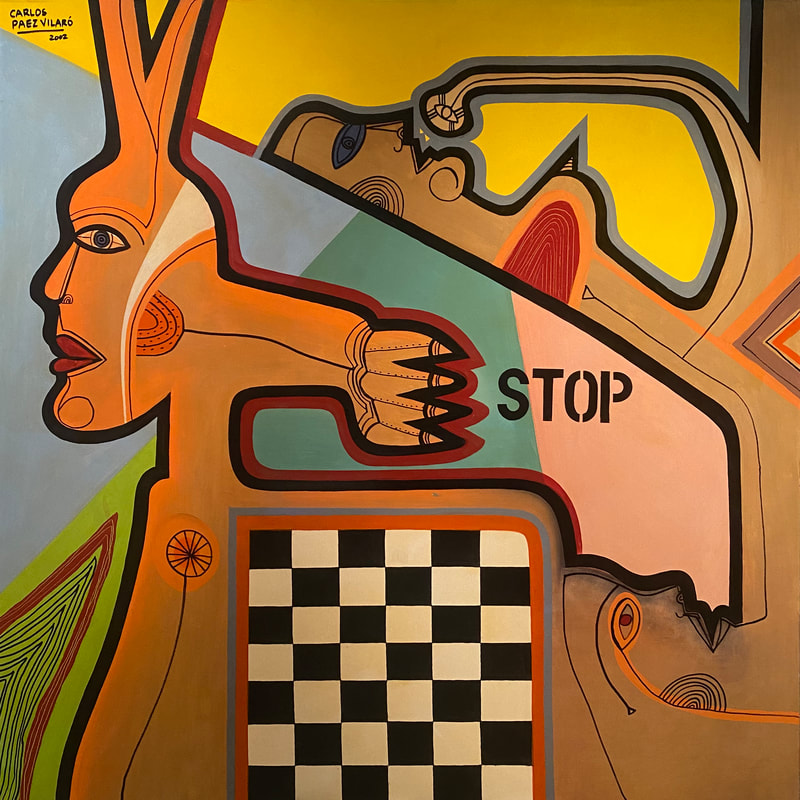
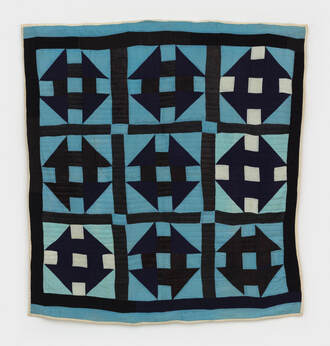
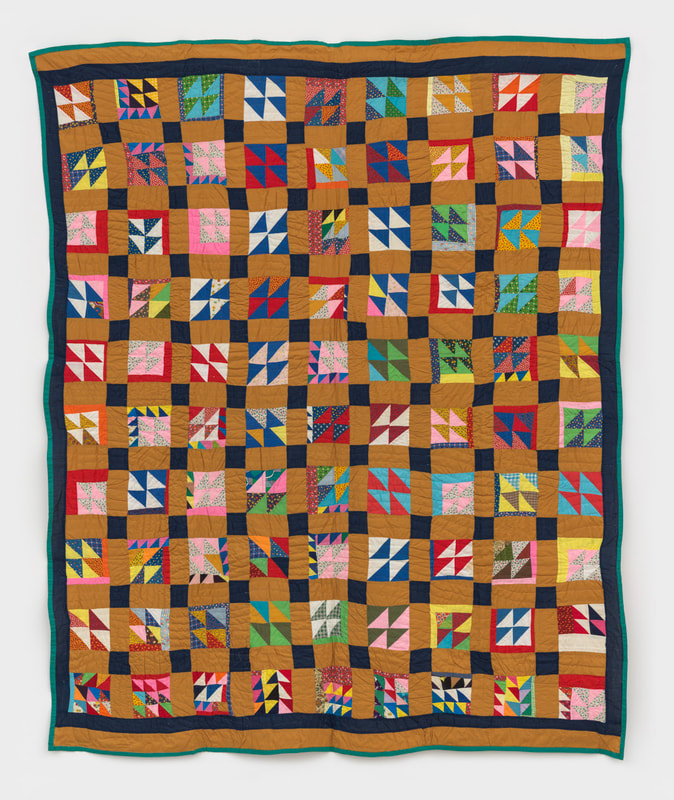
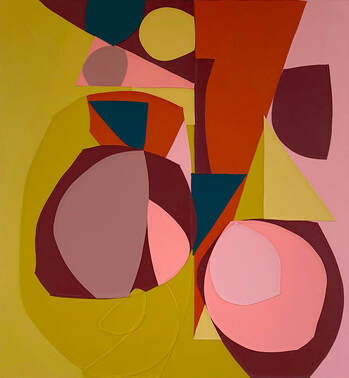
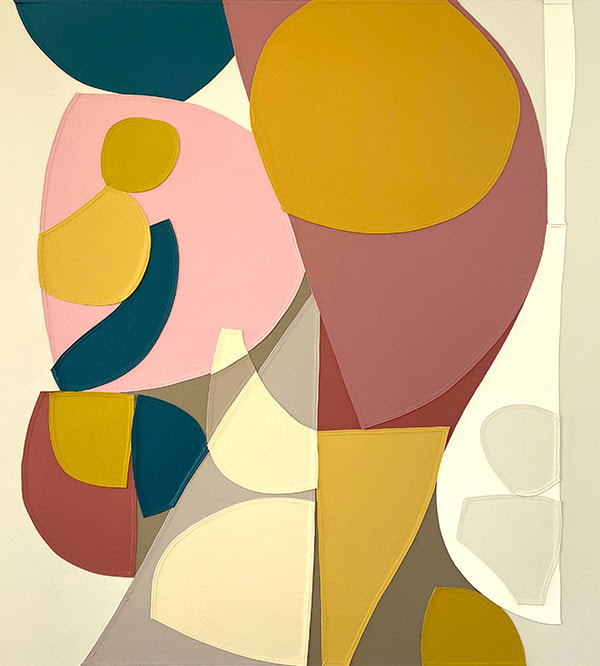
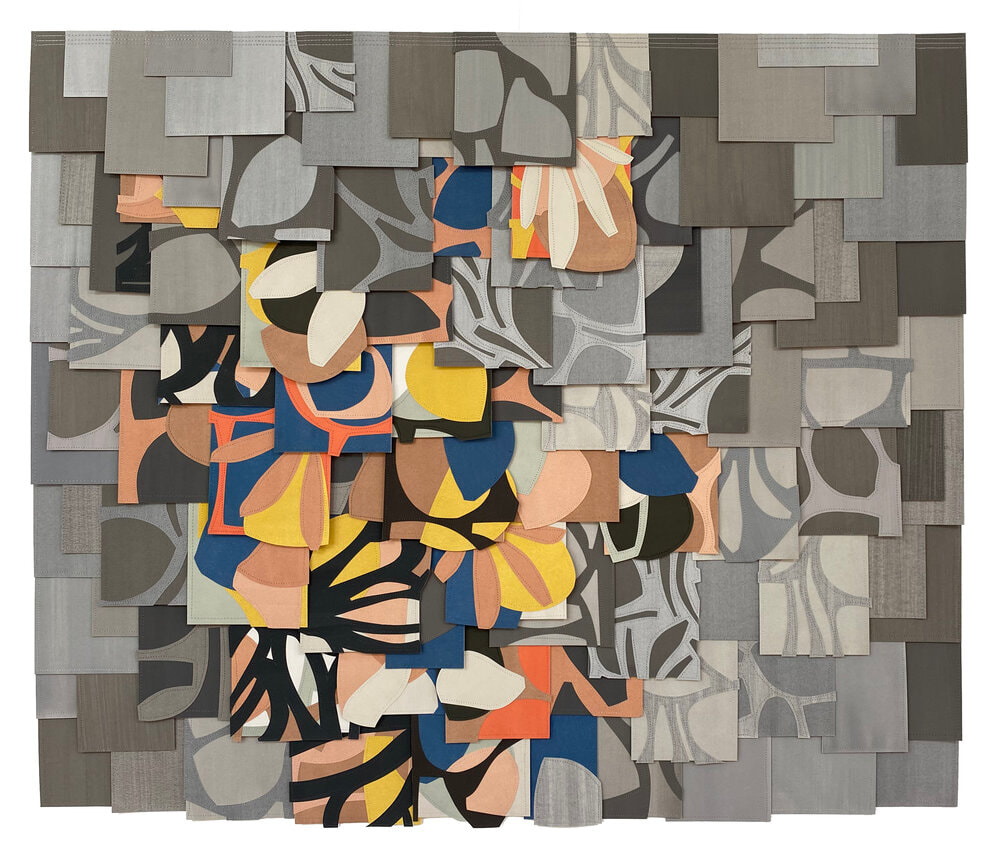
 RSS Feed
RSS Feed